Dropshipping Business.
Through a wide variety of mobile applications, we’ve developed a unique visual system and strategy that can be applied across the spectrum of available applications.
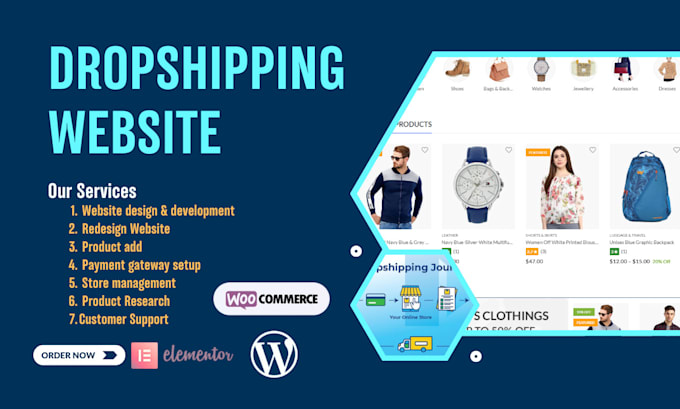
Through a wide variety of mobile applications, we’ve developed a unique visual system and strategy that can be applied across the spectrum of available applications.
A strategy is a general plan to achieve one or more long-term.
UI/UX Design, Art Direction, A design is a plan or specification for art.
Reach Actual Client finding Strategy
Dropshipping is a retail fulfillment strategy that allows entrepreneurs to sell products without holding inventory. In a dropshipping model, when a customer makes a purchase, the store owner forwards the order to a third-party supplier or manufacturer who then ships the product directly to the customer. This means that the retailer never handles the product physically, nor does it need to manage a warehouse or stock inventory.
One of the most significant benefits of dropshipping is the low barrier to entry. Traditional retail models often require substantial upfront investment in inventory, warehousing, and logistics. Dropshipping eliminates these costs, allowing entrepreneurs to start an online business with minimal financial risk. This model also provides considerable flexibility, as it enables retailers to offer a broad range of products without being constrained by storage space.
However, dropshipping is not without its challenges. One major issue is the thin profit margins. Since many dropshipping businesses sell similar products, price competition can drive margins down, making it challenging to achieve significant profits. Additionally, because the retailer relies on third-party suppliers, they have less control over inventory levels and shipping times. This can lead to potential issues with stockouts, delays, and discrepancies in order fulfillment, which can negatively impact customer satisfaction.

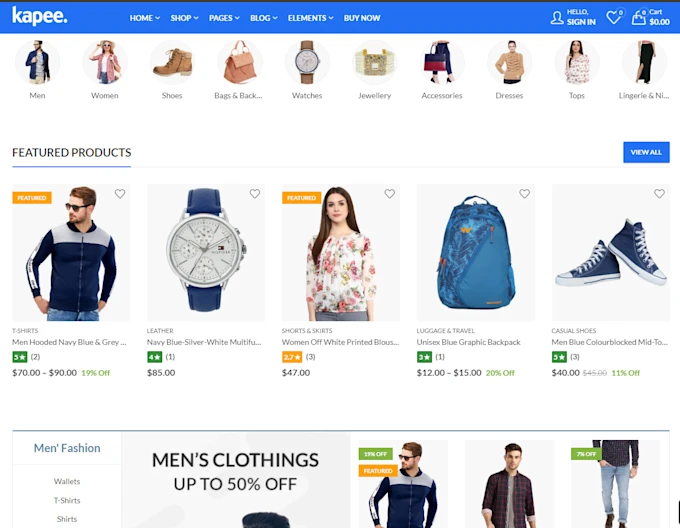
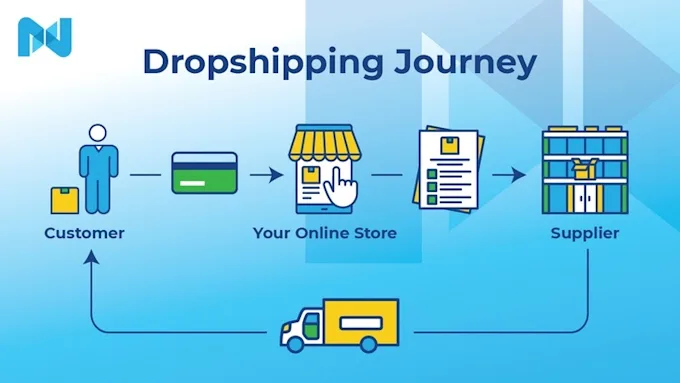
Another challenge is the need for effective supplier management. Retailers must carefully select reliable suppliers to ensure product quality and timely delivery. Establishing strong communication channels and setting clear expectations with suppliers can help mitigate issues related to order fulfillment and product quality.
Marketing and customer service are also critical components of a successful dropshipping business. Since the retailer does not handle the product directly, building a strong brand presence and providing exceptional customer service are essential to differentiate the business from competitors and build customer loyalty. Investing in effective digital marketing strategies, such as SEO, social media, and email marketing, can drive traffic to the store and increase sales.
In summary, dropshipping offers a low-risk entry into e-commerce with the potential for significant rewards. However, success in dropshipping requires careful planning, strategic marketing, and effective supplier management. By navigating these challenges and focusing on customer satisfaction, entrepreneurs can build a profitable dropshipping business.

Through a wide variety of mobile applications, we’ve developed a unique visual system and strategy that can be applied across the spectrum of available applications.
A strategy is a general plan to achieve one or more long-term.
UI/UX Design, Art Direction, A design is a plan or specification for art.
Fiverr
Designing and developing a workout website requires a blend of visual appeal, user functionality, and technical prowess to create a compelling and effective platform. Such websites cater to fitness enthusiasts, trainers, and gyms, providing resources, schedules, and tools to enhance users’ workout experiences. Here’s a detailed overview of key considerations for designing and developing a successful workout website:
1. User-Centric Design: The primary goal of a workout website is to engage users with a seamless and intuitive experience. The design should prioritize user needs, making it easy for visitors to navigate through different sections. A clean, uncluttered layout with clear headings, concise information, and logical organization helps users find what they’re looking for quickly.
2. Visual Appeal and Branding: Incorporate vibrant, motivational visuals that reflect the energy and goals of fitness. High-quality images, videos of workout routines, and dynamic graphics can inspire users. Consistent branding, including color schemes, fonts, and logos, should align with the overall theme of the site and create a cohesive look.
3. Responsive Design: Ensure that the website is fully responsive, meaning it should function flawlessly on various devices and screen sizes, including smartphones, tablets, and desktops. A responsive design improves user experience and accessibility, as many users may access the site from their mobile devices.
4. Workout Programs and Content: Provide a range of content such as workout routines, exercise tutorials, nutrition tips, and blog posts. Content should be organized into categories or sections, allowing users to easily access information that suits their fitness goals. Offering downloadable resources or video tutorials can add value and keep users engaged.
5. User Accounts and Personalization: Enable users to create accounts where they can track their progress, save favorite workouts, and access personalized recommendations. Personalization features, such as tailored workout plans or goal tracking, enhance user engagement and satisfaction.
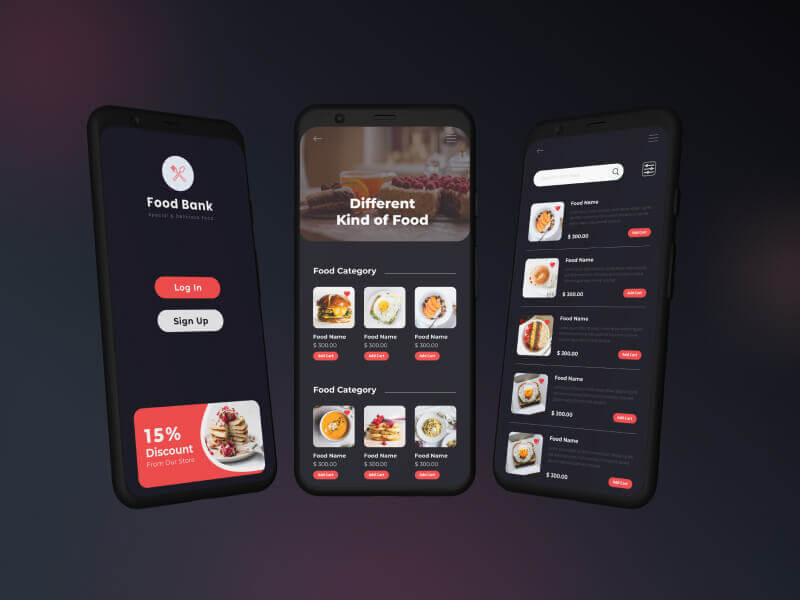
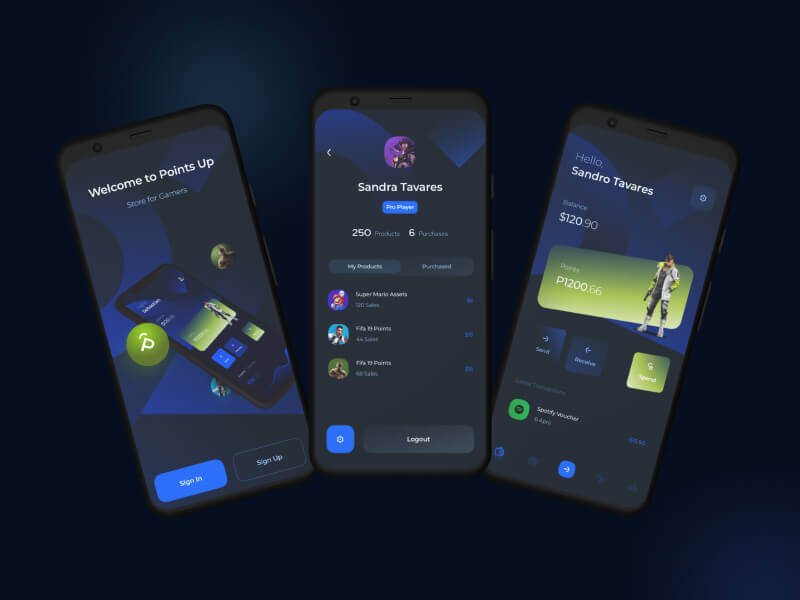
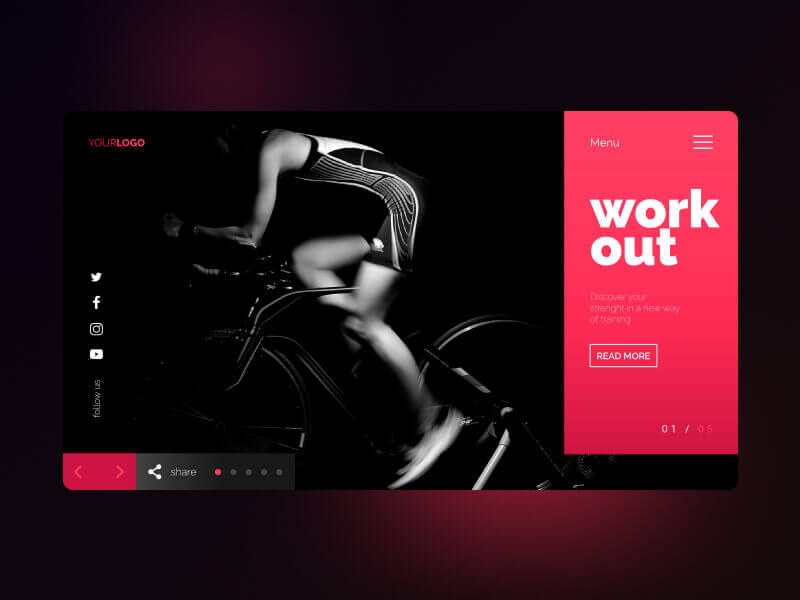
6. Integration with Fitness Tools: Integrate the website with fitness tracking tools and apps, allowing users to sync their workouts and progress. This integration can provide a more comprehensive view of their fitness journey and enhance the overall user experience.
7. Scheduling and Booking Features: For fitness trainers or gyms, incorporate scheduling and booking functionalities. Users should be able to view class schedules, book sessions, and manage appointments easily. Automated reminders and notifications can help reduce no-shows and keep users informed.
8. Community and Social Features: Build a sense of community by incorporating social features such as forums, discussion boards, or user groups. These features allow users to connect, share experiences, and offer support, creating a more engaging and interactive experience.
9. SEO and Performance Optimization: Optimize the website for search engines to increase visibility and attract organic traffic. This involves using relevant keywords, optimizing meta tags, and ensuring fast loading times. Performance optimization, including image compression and efficient coding practices, ensures a smooth user experience.
10. Security and Privacy: Implement robust security measures to protect user data, especially if handling sensitive information such as payment details or personal fitness data. Ensure that the website complies with data protection regulations and offers secure login processes.
11. Analytics and Feedback: Utilize analytics tools to track user behavior, engagement, and site performance. Collecting user feedback through surveys or feedback forms can provide valuable insights for continuous improvement.
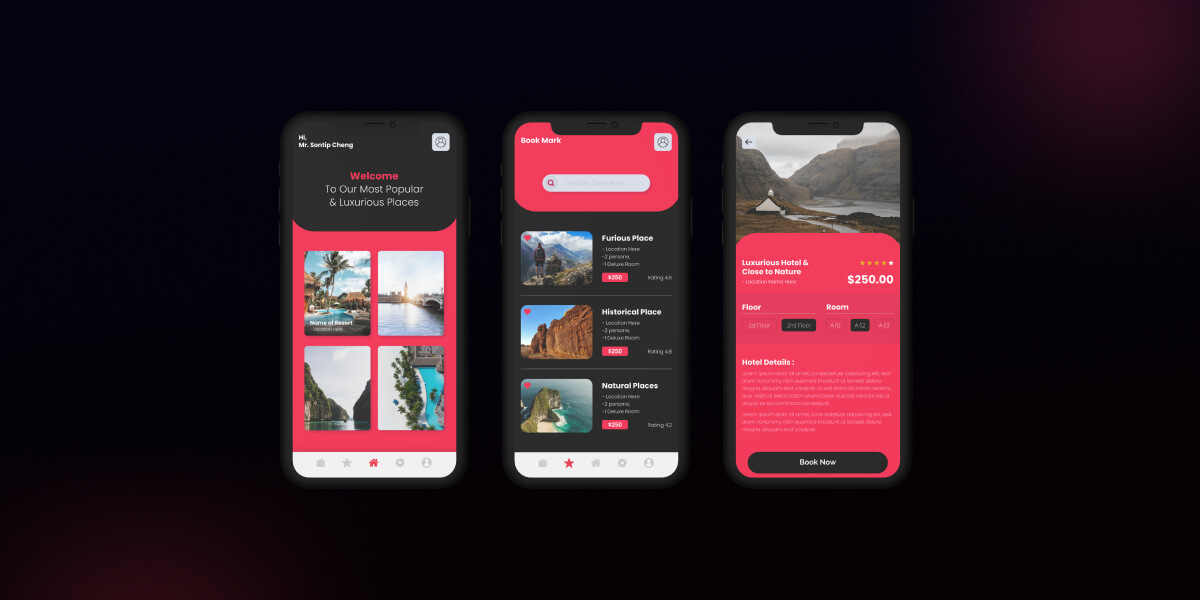
In conclusion, designing and developing a workout website involves creating an engaging, user-friendly platform that delivers valuable content and features. By focusing on responsive design, personalization, integration, and community engagement, and by continually optimizing based on user feedback and analytics, you can build a successful website that effectively meets the needs of fitness enthusiasts and professionals.
Hello